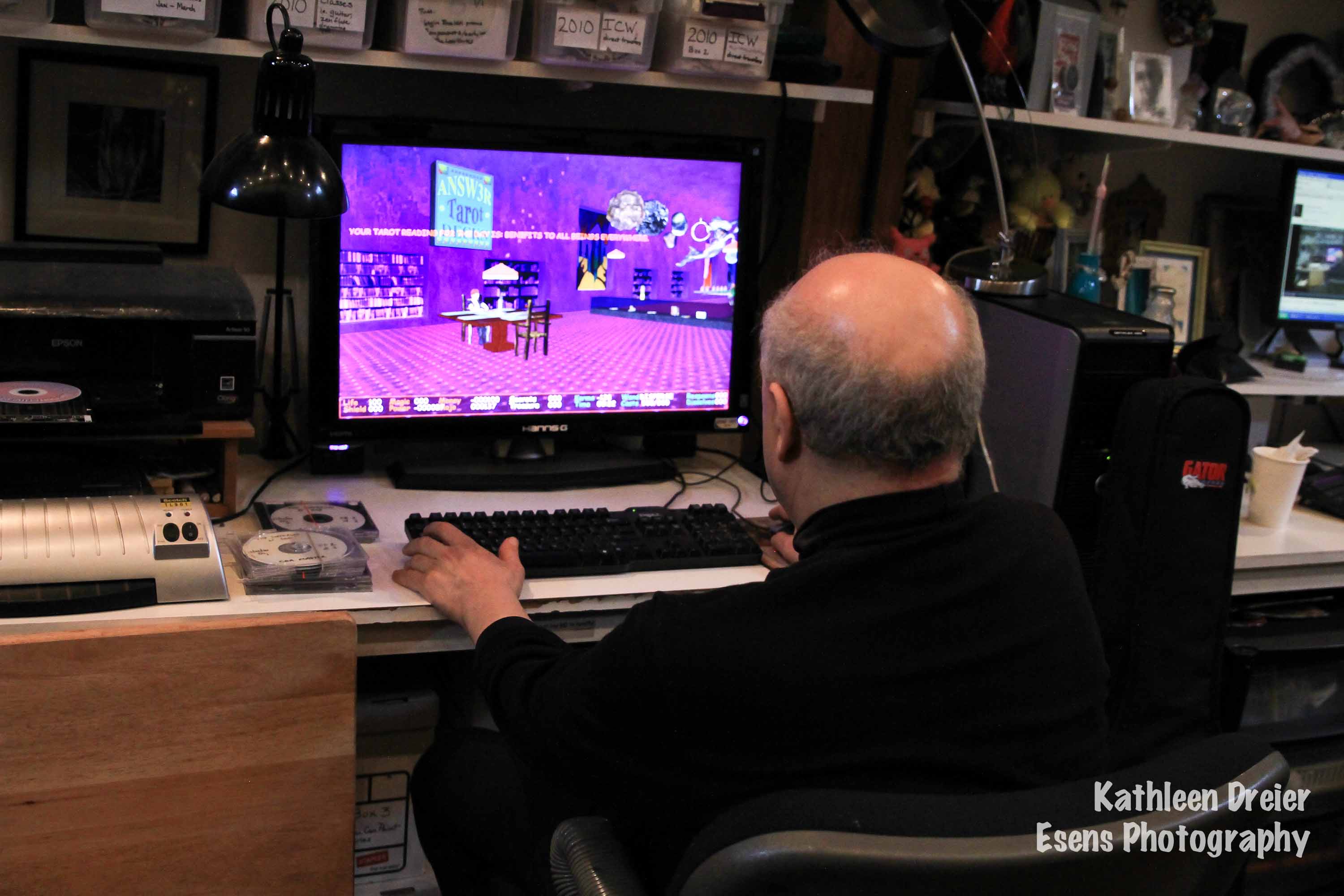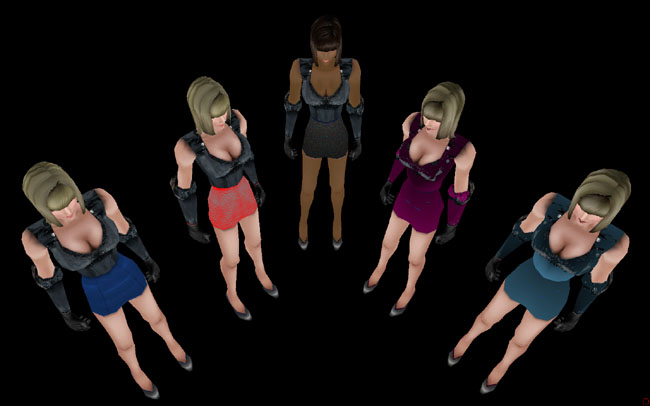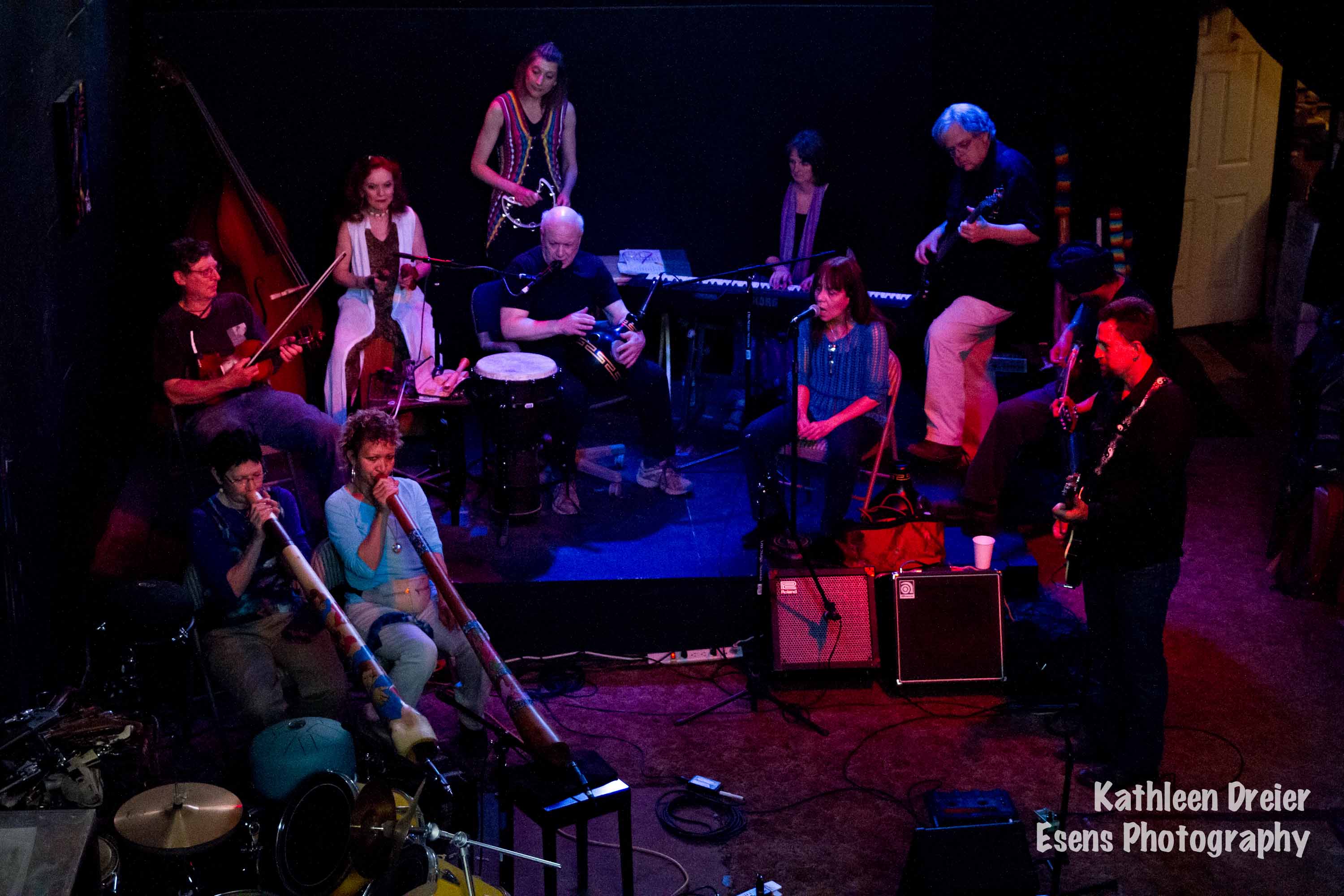I think it’s totally appropriate that I’m working every night from about midnight to dawn on “Insomnia”. When I was working heavily, about 16 hours a day, on “Memory”, I kept forgetting which level I was writing. I guess even more fun and games are in store for me when I start working on the next up the production line, “Humiliation”. It suddenly occurs to me that you might be interested to know how an Orb comes to be written.
1. Idea.
The basic idea has to be stated on paper, clearly and succinctly. The Idea consists only of the most fundamental form of the thing, but Prosperity Path is all Goal-Driven. For an Idea to qualify for Prosperity Path treatment, it must have an understandable and immediately reachable in-sight and achievable goal and a specific purpose that can be easily and simply stated.
An Idea doesn’t just come from Nowhere. Every Orb takes energy — a LOT of energy — to create all the way from start to finish, and if it has no real purpose other than amusement and moronic entertainment, it isn’t worth the effort. I’ve made videogames that got millions of downloads, but the end result is that millions of people have played a number of quickly outdated and totally forgettable killing and struggling and destroying games, and that’s not my mission.
Of course, non-violent non-killing video games are not going to be very popular. Most humans rather enjoy the thrill of domination and destruction that is marketed today.
It’s actually up to you to tell others about Prosperity Path. The more folks who download them, the more Orbs I’ll make to accommodate the demand. But let’s continue to explore the making of a Prosperity Path Orb:
2. Concept.
This is very different from “Idea”. The Concept has to do with the treatment of the Idea. This is what produces the specific environment, the character or characters we’ll meet in there, and the basics of what happens during the Run. Of course, all this is based on real events and although the general Outcome might be somewhat predictable, the road there might be very strange and wondrous.
3. Mapping Skills.
Now the Map is produced. This gives the foundational experiential experience of running an Orb, but at this point, nothing happens in there, nothing at all. In fact, the environment is sadly lacking in effects, and looks kinda drab and colorless and lifeless, and it is.
4. Fleshing it Out.
This is a rather intricate, difficult, time-consuming and potentially nightmarishly confusing part; I write the “.ini” file, which rides on top of the Map itself, and contains in long strings of text and numbers, about 90% of the instructions determining what happens inside the Orb, in what sequence, for how long, and with what consequences.
This is where I put strings of processing, wrapped in algorhythmic parsage, right there in the Rewards for Right Action column, and the birch-switch stick on the shoulder for any Wrong Action, as it were, although you won’t feel a thing.
Nothing bad happens to you, not ever, in a Prosperity Path Orb, just various forms of playfully stern reminders that you screwed up right there, and need to do something fast to correct it.
That’s part of learning, right?
You typically don’t learn from your Triumphs. You learn from your mistakes. Note that I did not say “mistakes”…I said”yourmistakes”, and with the proofreading and editorial skills I’ve acquired over the centuries, you can be quite sure that I mean precisely what I say.
5. Shape & Texture.
At this stage, it’s time for me to apply the final touches of textures in the Orb. I’ll also decide on which models to use, and how and where they’ll be placed, including angles and visibility issues from every possible angle that the runner might find himself or herself.
6. Models.
Now the 3-D models will go in; they’re all MD2 “MilkShape” types. We’ve tried other formats, but magically, they tend to suck. The older technology MD2s are powerful invocational tools, so that’s the ones we use, even though it’s much harder to produce them.
Thing is, coincidentally with my need to create a basic Prosperity Path system, MD2 models are once again all the rage…seems they’re perfect for the reduced levels of detail, size and processing power of the Almighty Cell Phone.
If we don’t have a model that’s needed, I sketch it out and send it over to Claude. It might take a couple of weeks to get the model back, but it always looks incredibly “right”. Claude is a genius at textures, model-making and sound processing, as well as math, physics and molecular biology, but what would you expect from Claude? He actually is a rocket scientist, and in Buckaroo Banzai’s Book, that says it all.
7. Skins.
Here the job is more or less split between Claude and myself; he comes up with the original skin and I might or might not modify it in Adobe PhotoShop, at which I’ve developed an interesting and unusual proficiency with transparent layers, more or less what I teach every week in my Friday morning watercolor class.
8. Detail.
Now I go through the Orb several dozen times or more, checking for things that should be there that aren’t; when I’ve identified all the “missing parts” and found or made them and put them into the Orb, I then test for gameplay and score, meaning distribution of points based on actions.
9. Testing.
The Orb now goes out into The Barn for testing, not by casual recruits, but by veteran gamers who know what to look for and how to look for it. Mostly they’re trained to be able to tell you exactly where and when something happened and what it looked like to them. They have knowledge of how to identify which part of the Map they’re in at the moment that something happens.
10. Rework.
I read the reports of the Alpha Testers, then make corrections as necessary, or not, if what they discovered turned out to be intentional on my part, such as the infamous Loot Chest Cheat, which is built into every Orb for Pro Runs.
11. Sound.
To me, sound is everything. It’s 99% of the in-game experience, in my opinion — an opinion that is shared by almost every communications specialist I’ve ever met or worked with.
It’s reinforcement for the experientiality of the experience.
Experientiality is the Essence of Experiential Experience Personally Experienced, and that’s a good description of the Higher Purposes of taking incarnations. Personal Experience is the only way to determine if a level is actually working and doing everything it’s intended to do.
At the Moment of Creation, you think everything ought to be okay. It’s only by personal on-site inspection that flaws can be detected. You gotta push the thing to see if it’s gonna tip over, see?
This is the point at which I will sit in the sound studio and make the soundbytes for the NPC (non-player) characters that you’ll encounter in the Orb.
I then sit down with soundbed music tracks, about 650 of them, that Oz and Claude have produced from the tracks that we’ve made over the past 45 years with The Band, which has had several names, but it’s always just The Band to us — currently called “FAXL”, you can find us on http://www.faxl.com and all the music is available on http://www.cdbaby.com/cd/faxl and all standard music outlets, and is registered BMI. You are entitled to use any of my music tracks anytime you want to on youtube vids with or without credit.
As I’m writing this, I’m reviewing another FAXL album, one we recorded with Matt Lozowick on guitar; I think you’re going to like it. When all the music and sound effects have been added, the Orb is ready for Beta Testing and uploading. When it’s as good as we can get it at the moment, it goes up and you download and use it.
Periodically, based on new technological, conceptual or technical breakthroughs, I’ll rework, re-test and re-upload an Orb, in which case, I’ll definitely message you that I’ve done so, giving you the option to update or not, as you wish.
So, that’s the basic story of how an Orb comes to be written. Not in stone, but flexible, ready to respond, react and adapt to new information, hopefully, just like yourself.
See You At The Top!!!
gorby




